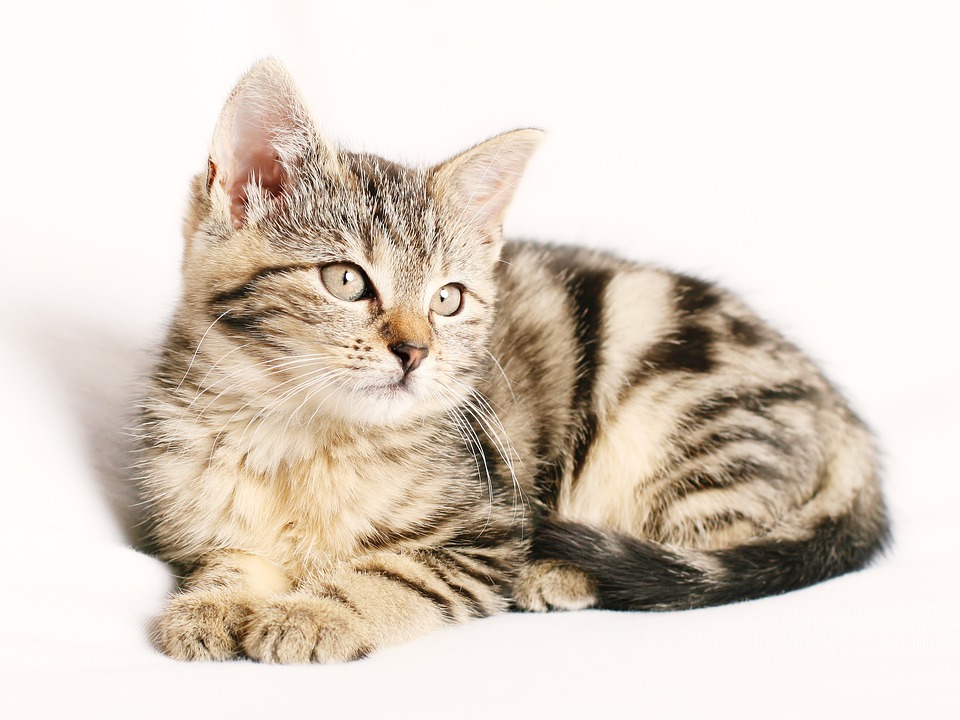1. Raise Your Voice with Clear Body Language
Cats are highly sensitive to sound. When your cat misbehaves, you can take advantage of this sensitivity by raising your voice firmly.
Although your cat doesn’t understand the specific words, it can easily pick up on your tone of voice and emotional cues, allowing it to sense that it has done something wrong.You can also gently tap your cat on the head or the tip of its nose (with care) as a corrective action. Repeating this a few times will help reinforce the message that certain behaviors are unacceptable.
2. Temporary Restriction of Freedom
While cage confinement is not recommended as a daily practice, it can be an effective short-term disciplinary method after a misbehavior.Place your cat in a pet crate or cage for a short time as a form of timeout. Your cat might meow in protest, but don’t give in. You can speak to it calmly but firmly, letting it know that misbehavior leads to lost freedom.Keep the confinement to around 30 minutes, then let the cat out without cuddling or playing with it right away. This helps reinforce the seriousness of the situation.

3. Withholding Attention (Emotional Detachment)
Despite their independent nature, cats do care about your attention. After a correction, avoid giving your cat affection, treats, or attention for a while.
This emotional “timeout” can help the cat reflect on its behavior (in a feline way) and associate the action with a loss of connection.But don’t drag it on too long—if your cat starts seeking your affection again, it’s a good sign that it’s ready to make peace. That’s a good moment to gently explain (in tone) and comfort it. This method works best with relatively well-behaved and emotionally connected cats.
4. Gently Scruffing
Scruffing, or lifting a cat by the loose skin on the back of its neck, mimics how a mother cat disciplines her kittens. It can be paired with verbal correction to enhance the impact.However, always support your cat’s hind legs or bottom with your other hand to avoid discomfort or injury. Done properly, this method can quickly help cats remember what not to do.

5. Using Water as a Deterrent
Most cats dislike water. A small spray bottle filled with clean water can be used to gently spray your cat when it misbehaves, helping it connect bad behavior with an unpleasant but harmless consequence.Use a fine mist, and spray just enough to startle—not soak—your cat. This method is not recommended for timid or anxious cats, as it may cause stress or fear. For confident cats, however, it can be a very effective training tool when used consistently and sparingly.

